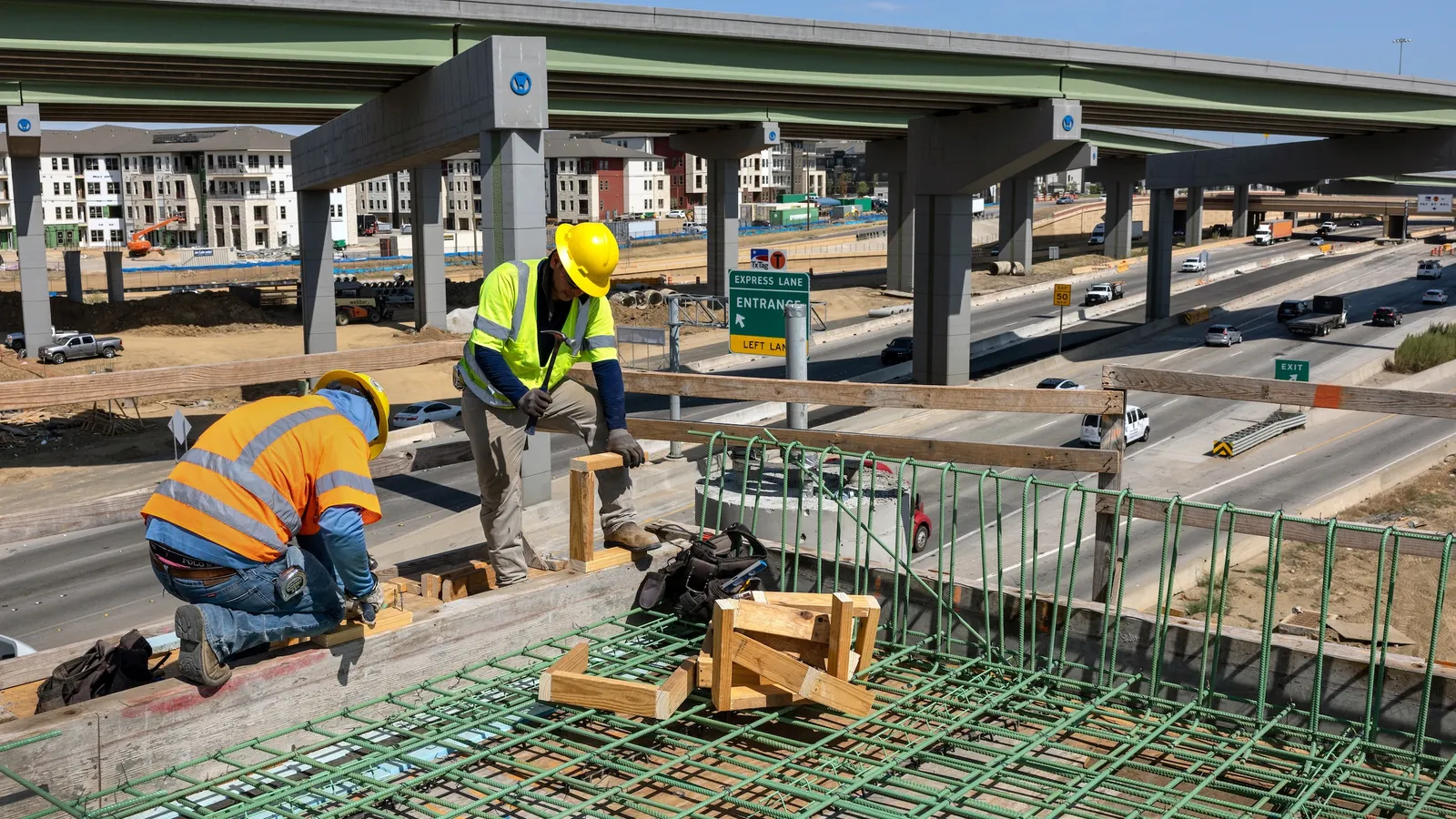Understanding the Need for AI in Transportation
The Texas Department of Transportation (TxDOT) is embarking on a transformative journey. With a growing need to enhance operational efficiency, safety, and performance, the department is integrating artificial intelligence (AI) across a myriad of its operations.
Combatting Cyber Threats
With the sheer volume of cyber threats, the TxDOT is facing “millions of attacks” each day on its computer systems. This underlines the critical importance of cybersecurity in implementing new technologies, especially as they venture deeper into AI territory, as indicated by the agency’s Chief Information Officer.
Strategic Planning for AI Deployment
Back in December, the Texas DOT unveiled its three-year strategic plan highlighting the implementation of artificial intelligence throughout its agency. This initiative is not just a shot in the dark; it identified a whopping 230 potential use cases for AI across various functions—an impressive feat for one of the nation’s largest transportation agencies.
Transformational Potential of AI in Transportation
AI offers the promise to fundamentally revolutionize operations within the transportation sector. As Anh Selissen, TxDOT’s CIO, pointed out, AI has the potential to create a transformation in the industry. Through advanced analytics and intelligent systems, the department hopes to create a more responsive and efficient transportation infrastructure.
Key Objectives of the AI Implementation Plan
The strategic plan from 2025 to 2027 highlights several focus areas:
- Prioritizing Infrastructure Projects: Using AI to identify critical infrastructure needs and project prioritization.
- Budget and Contract Management: Streamlining financial operations and minimizing conflicts during planning phases.
- Decision Support for Emergencies: Forecasting weather scenarios, suggesting optimal evacuation routes, and facilitating timely responses to roadway incidents.
Improving Workforce Training and Fleet Management
Beyond straightforward applications, the department sees great potential for AI in workforce training and vehicle fleet management. By harnessing traffic data, TxDOT aims to enhance its understanding of traffic behavior and congestion, which could provide valuable insights into stakeholder experiences.
Current Applications of AI at TxDOT
According to Darran Anderson, the department’s director of strategy and innovation, TxDOT is currently using AI in 22 different ways, including:
- Traffic Data Analysis: Analyzing real-time traffic patterns and predicting congestion to improve travel times.
- Crash Detection: Leveraging AI to proactively identify crash hotspots and minimize response times.
By layering AI onto its existing network of highway cameras, the department has managed to cut down on emergency response times significantly. This kind of innovation stands to greatly enhance logistics and response efforts, keeping traffic flowing and reducing accidents.
The Importance of Cybersecurity in AI Integration
As TxDOT plunges deeper into this AI integration, cybersecurity takes center stage. The agency is aware of the grave risks posed should unauthorized access occur. The department’s strategy encompasses:
- Educating staff on potential cybersecurity risks
- Designing AI systems with security at their core
- Ensuring thorough testing before deployment
Ethics and Equity in AI Usage
Ethical considerations are woven into the very fabric of TxDOT’s AI deployment strategy. Measures are being taken to ensure that results are unbiased, equitable, and just. As Selissen advised, learning and understanding the nuances of AI is essential, and the department is encouraged to experiment with pilot programs before fully rolling out comprehensive tasks.
A Personal Anecdote
When implementing such cutting-edge technology, it’s crucial to remember that innovation often involves trial and error. It’s akin to baking a cake—the first attempt may not rise as expected, but with each subsequent trial, you find your sweet spot.
Looking Ahead: The Future of AI in Transportation
The infusion of AI into Texas DOT operations isn’t just a fleeting trend; it’s paving the way for the future of transportation. The technology is expected to yield significant advancements in efficiency and safety, ultimately affecting the movement and distribution of goods across Texas and beyond.
The Upside on Logistics
The integration of AI offers promising implications for logistics management—optimizing routes for delivery vehicles, enhancing real-time tracking of cargo, and even streamlining the permitting process for large freight shipments. These innovations can lead to cost-effectiveness, reduced shipping times, and improved service delivery, benefitting both businesses and residents.
Conclusion
As Texas DOT plows ahead with its ambitious plans to harness AI, the agency lays the groundwork not only for improved transportation systems but also for enhanced logistical operations that benefit communities. Even with the wealth of reviews and feedback available, nothing beats the personal experience gained by engaging with innovative solutions firsthand. For businesses and individuals looking to navigate their logistics needs efficiently and affordably, GetTransport.com proves to be an ideal ally, connecting you with diverse transportation solutions that are reliable and budget-friendly. Whether it’s cargo transport or relocating your household items, GetTransport.com is here to simplify logistics for you. Don’t hesitate to Book your Ride and experience the convenience and affordability you deserve!

